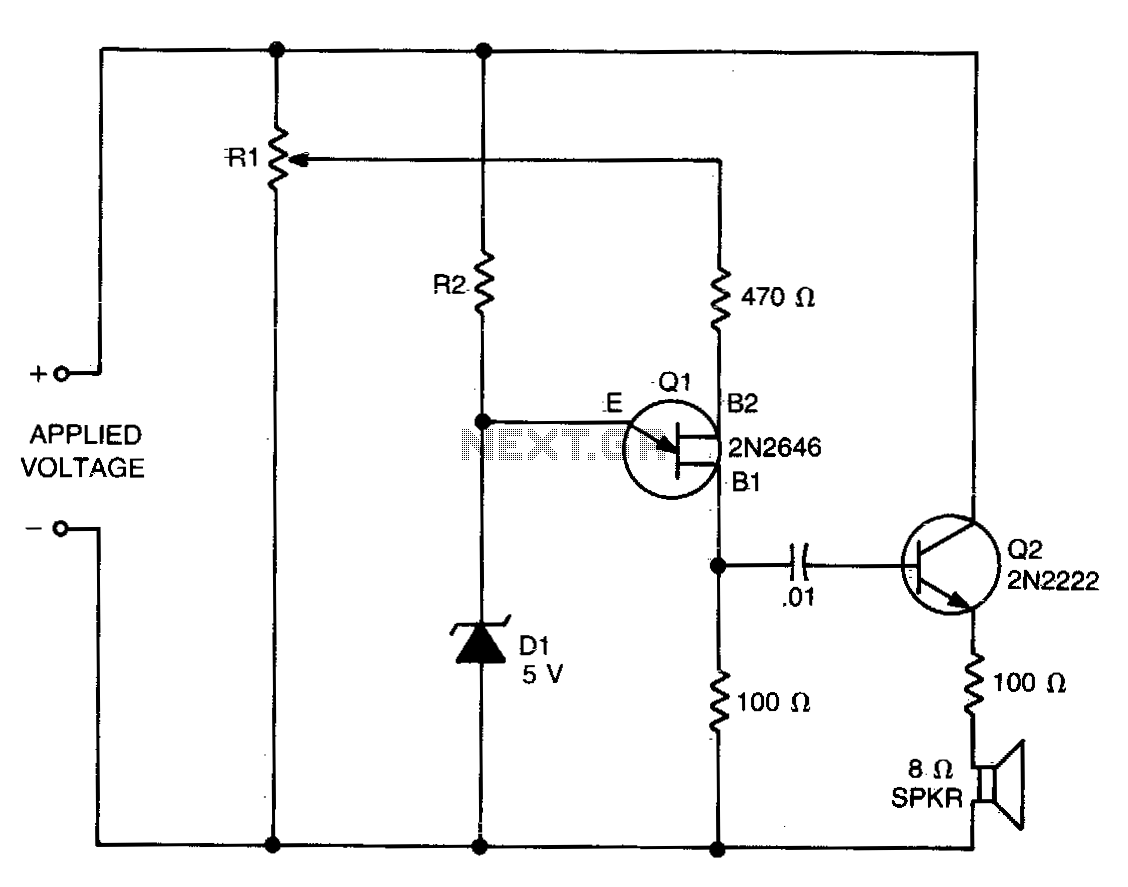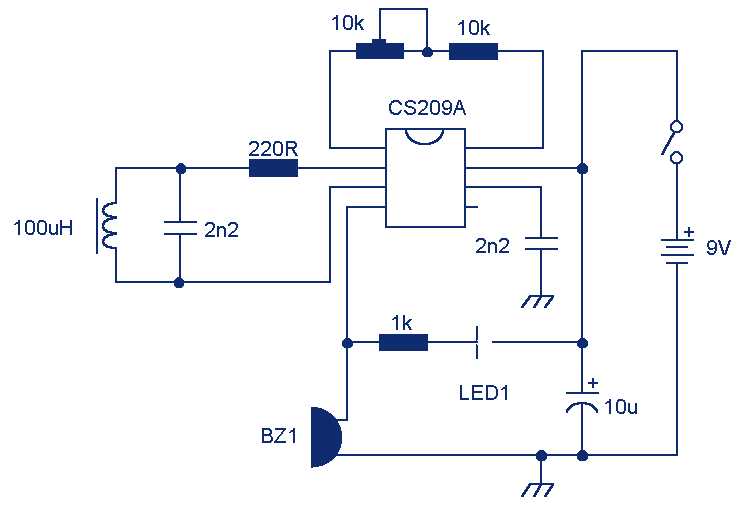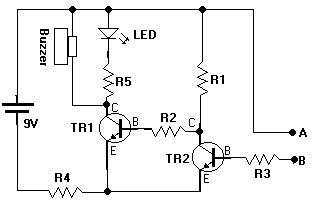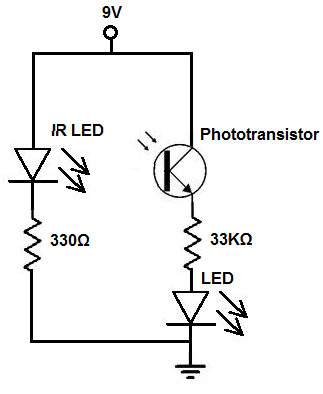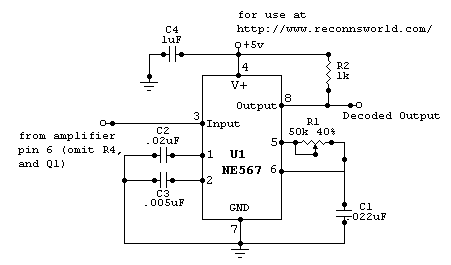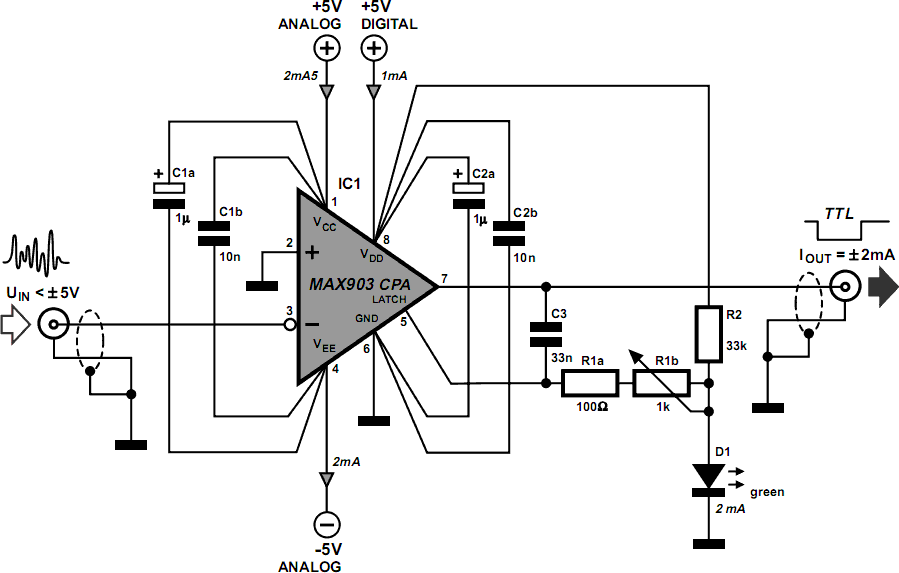
Window Detector
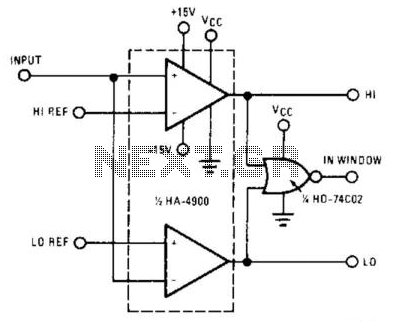
The high switching speed, low offset current, and low offset voltage of the HA-4900 series make this window detector extremely well-suited for applications that require fast, accurate decision-making. This circuit is ideal for industrial process system feedback controllers or out-of-limit alarm indicators.
The HA-4900 series window detector is designed to operate within specific voltage thresholds, providing a reliable means of monitoring signals. The circuit employs high-speed comparators that switch rapidly in response to input voltage changes, ensuring minimal delay in decision-making processes. The low offset current and voltage characteristics enhance the accuracy of the detection, making it suitable for precision applications where signal integrity is paramount.
In practical applications, the HA-4900 can be integrated into feedback control loops in industrial systems, where it monitors the output of sensors against predefined limits. If the signal exceeds or falls below these limits, the window detector triggers an alarm or activates corrective measures in the control system. This functionality is crucial in maintaining operational safety and efficiency.
The design typically includes reference voltage inputs that define the upper and lower thresholds for detection. The outputs can be configured to drive indicators or interfaces with other control systems, providing a versatile solution for various industrial automation needs. Additionally, the compact size and low power consumption of the HA-4900 series make it an efficient choice for embedded systems, where space and energy are limited.
Overall, the HA-4900 series window detector is an essential component in modern electronic control systems, facilitating real-time monitoring and response to critical operational parameters. The high switching speed, low offset current and low offset voltage of the HA-4900 series make this window detector extreme ly well-suited for applications that require fast, accurate decisionmaking. This circuit is ideal for industrial-process system-feedback controllers, or out-of-limit alarm indicators. 🔗 External reference
The HA-4900 series window detector is designed to operate within specific voltage thresholds, providing a reliable means of monitoring signals. The circuit employs high-speed comparators that switch rapidly in response to input voltage changes, ensuring minimal delay in decision-making processes. The low offset current and voltage characteristics enhance the accuracy of the detection, making it suitable for precision applications where signal integrity is paramount.
In practical applications, the HA-4900 can be integrated into feedback control loops in industrial systems, where it monitors the output of sensors against predefined limits. If the signal exceeds or falls below these limits, the window detector triggers an alarm or activates corrective measures in the control system. This functionality is crucial in maintaining operational safety and efficiency.
The design typically includes reference voltage inputs that define the upper and lower thresholds for detection. The outputs can be configured to drive indicators or interfaces with other control systems, providing a versatile solution for various industrial automation needs. Additionally, the compact size and low power consumption of the HA-4900 series make it an efficient choice for embedded systems, where space and energy are limited.
Overall, the HA-4900 series window detector is an essential component in modern electronic control systems, facilitating real-time monitoring and response to critical operational parameters. The high switching speed, low offset current and low offset voltage of the HA-4900 series make this window detector extreme ly well-suited for applications that require fast, accurate decisionmaking. This circuit is ideal for industrial-process system-feedback controllers, or out-of-limit alarm indicators. 🔗 External reference
